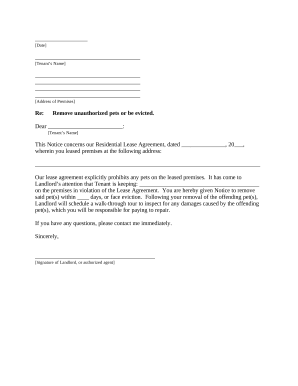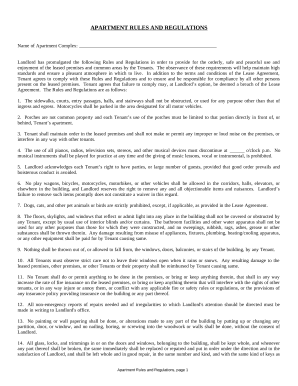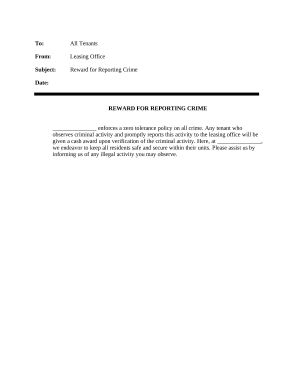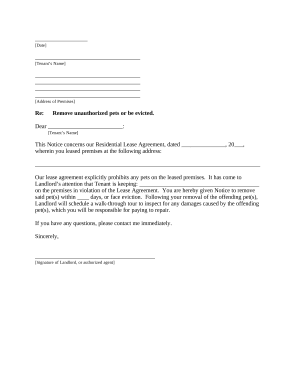








Document administration can overpower you when you can’t find all the documents you need. Fortunately, with DocHub's vast form collection, you can discover all you need and promptly take care of it without the need of changing among programs. Get our Rental Property Rules and Regulations and begin working with them.
The best way to manage our Rental Property Rules and Regulations using these basic steps:
Try out DocHub and browse our Rental Property Rules and Regulations category easily. Get a free account today!